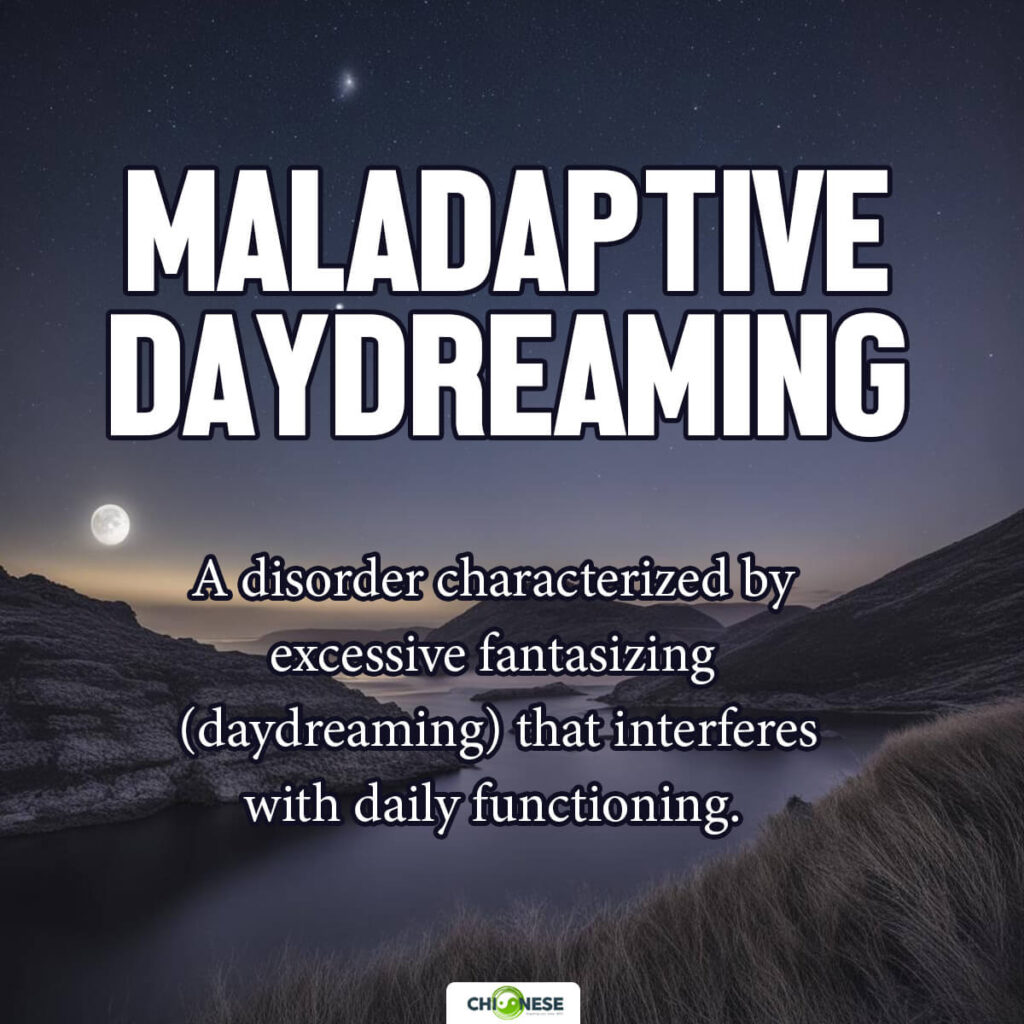For most of my life, I was an excessive daydreamer. Not your average daydreaming, but maladaptive daydreaming – a habit of obsessive fantasy that interfered with my daily life.
I would spend hours pacing around, acting out elaborate stories in my mind, oblivious to the world around me. The daydreams were so vivid and compelling that reality paled in comparison. I knew this habit was unhealthy and wanted to stop, but every attempt failed.
That is, until a few years ago, when I finally kicked my maladaptive daydreaming habit for good. It wasn’t easy, but through trial and error, I developed strategies that worked for me. If you struggle with excessive daydreaming and want to regain control of your mind and life, here’s how I did it.

How Maladaptive Daydreaming Affected My Life
For as long as I can remember, I’ve had an active imagination. As a kid, I loved escaping into daydreams and fantasy worlds. The problem was, this habit followed me into adulthood. My daydreaming became maladaptive – meaning it significantly interfered with my everyday life.
Instead of living in the present moment, I lived inside my head. I would pace around for hours on end, acting out elaborate daydreams with intricate plots and dialog.
In social situations, I struggled to stay focused on conversations because I was distracted by the stories playing out in my mind. My schoolwork and job suffered, too, as daydreaming consumed my time and mental energy.
Plus, I’ve had insomnia ever since I was a kid. And the daydreaming I do just made it so much harder to turn my brain off and try to fall asleep. Instead of shutting my mind down, I’d be in there visualizing and making like a little movie in my head. Picturing my crush or someone I just met, or thinking about something cool I was into. I’d just be in there directing scenes with myself as the star and the director of the movie.
Maladaptive daydreaming gave me a euphoric high that was hard to break away from. But it also left me feeling unfulfilled in real life and disconnected from friends and family, really. I knew if I wanted to achieve my goals and build meaningful relationships, I had to overcome this habit.
Why Maladaptive Daydreaming Is Bad For You
- When you’re constantly spacing out and getting lost in made-up stories, it means you’re not fully present in the real world. You miss out on what’s actually happening around you.
- Maladaptive daydreaming can feel like a way to experience love. But you have to remember, it’s just in your head – it’s not real. You might think you don’t need a real relationship because your daydreams are enough.
- It can be a nice escape from life’s problems for a little while. But constantly getting lost in your thoughts isn’t really dealing with what’s bothering you. After a bit, you’re just avoiding dealing with reality. And that’s not good for your mind either.
Tips To This Habit For Good
I’m not going to sugarcoat this for you – quitting maladaptive daydreaming for good is tough. It took me some time to really break the habit. But here are a few things I learned along the way that might help you out, too:
Don’t Be Hard On Yourself
You know, when you tell a kid, “don’t do that“, it just makes them want to do it even more. They get curious about what’s so forbidden. The same thing happens with ourselves – when we say “don’t daydream”, it’s human nature to want to do the thing we’re not supposed to. So don’t be so hard on yourself if you catch yourself drifting off into a daydream.
Our minds need rest and escape sometimes. If daydreaming is how you achieve that, then go ahead and indulge a little. But I’d encourage you, once you feel more in control and less overwhelmed, to try shifting your focus to something more constructive.
Watch A Movie

Falling asleep can be a real struggle for some folks. The mind just starts racing with thoughts, and it’s hard to shut it all down. I’ve been there myself, staring at the ceiling for what feels like forever. That’s when maladaptive daydreaming before sleep can really kick in if you’re not careful.
But I’ve found a little trick that works pretty well for me on those nights. Instead of letting my thoughts run wild, I’ll pop in a movie or documentary on the TV. Nothing too exciting, mind you, just something interesting enough to focus my attention. Documentaries about travel or mysteries are usually a safe bet since they’re pretty mellow.
Now, I know some people say it’s not healthy to watch a screen right before bed. But honestly, I’d rather fall asleep to that than an overactive brain churning out worries or imagining things that will never happen or that prevent me from forming normal relationships. At least this way, I’m engaging just enough to start winding down.
Challenge Unrealistic Thoughts
I used to daydream A LOT. It was kind of my way of escaping from whatever problems or worries I had going on in real life. I’d imagine being with this person I really liked, even though nothing was actually happening between us. I mean, at least in my head, I could pretend we were in a relationship, right?
But after a while, I started to realize it wasn’t very healthy. So, I tried addressing it by writing in a journal. Getting all those thoughts out on paper really helped. I also talked to some close friends about what I was going through. Just saying it out loud and getting different perspectives made me feel less alone.
It was good to work on changing those negative thoughts or unrealistic fantasies. As I focused more on that, the urge to daydream wasn’t as strong. I was dealing with things in a real way instead of just imagining how I wanted them to be. And over time, I really saw that daydreaming was kind of a waste of energy. It didn’t get me anywhere or make any of my problems better.
My Final Words
That’s how I broke the maladaptive daydreaming habit that had ruled my life for so long. It wasn’t easy, but by following these strategies, I was finally able to stop drifting off into my fantasy world and start living fully in the present.
Staying grounded in reality has allowed me to achieve so much more and build deeper connections with friends and family. If you struggle with excessive daydreaming, I encourage you to give these techniques a try. Start small and be patient with yourself. Over time, staying focused in the present can become second nature.
How about you? Let’s talk about this on X!








